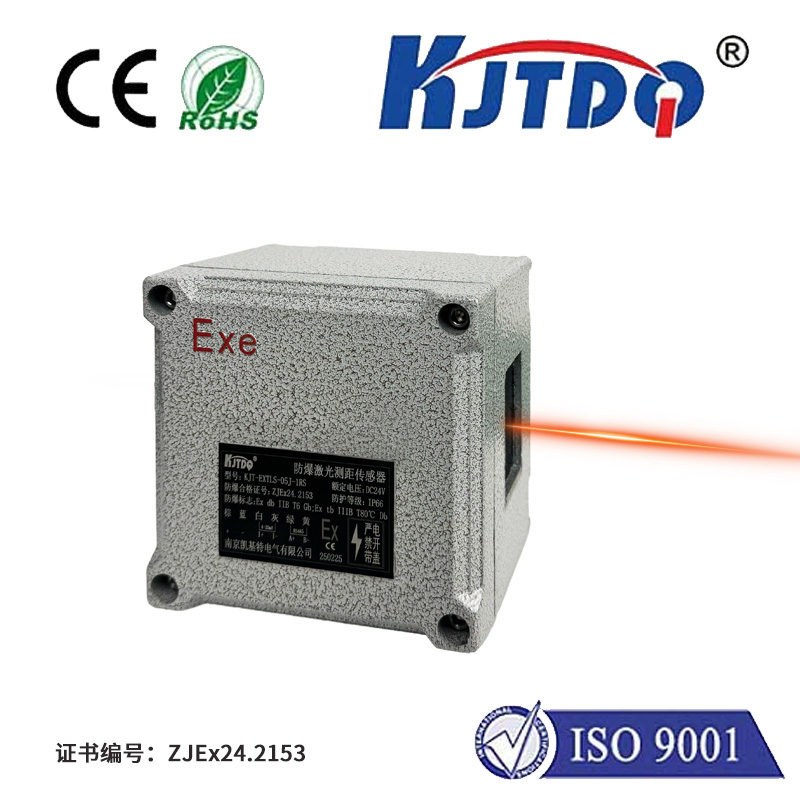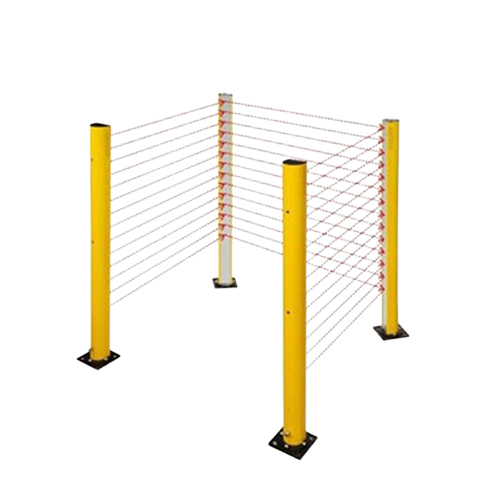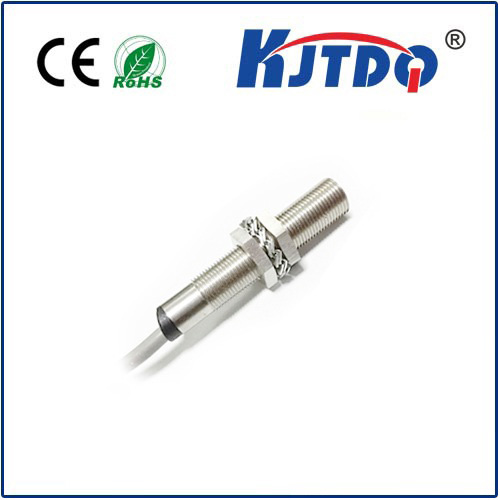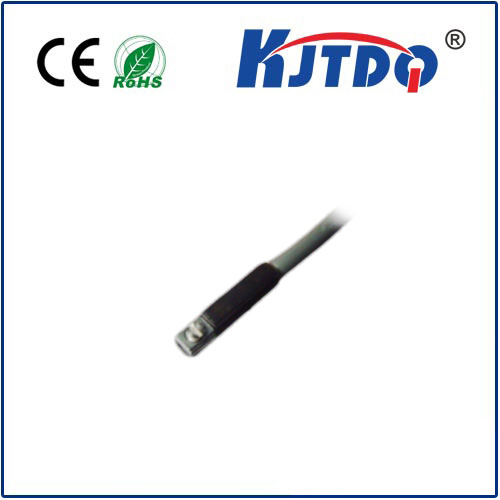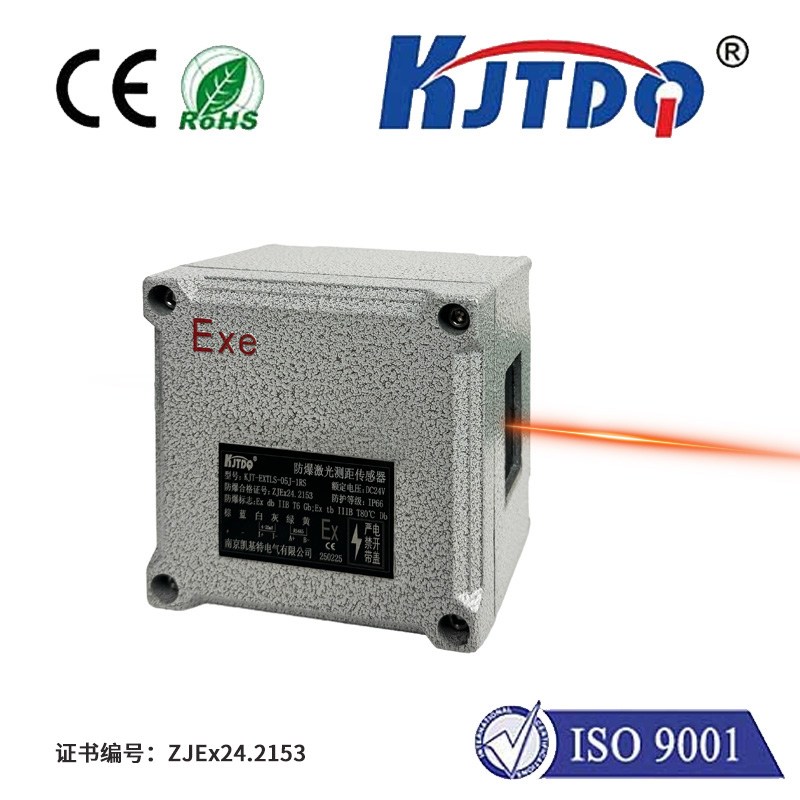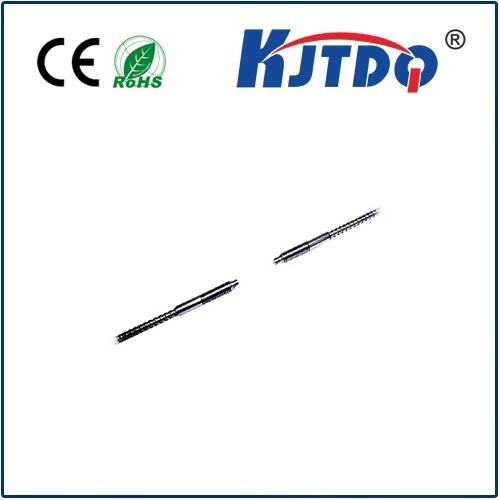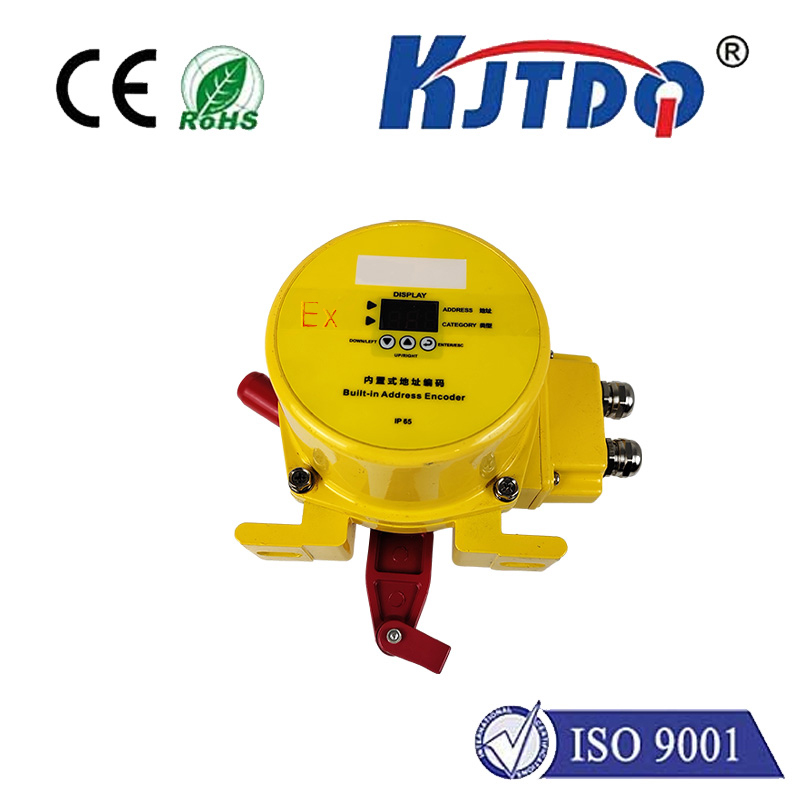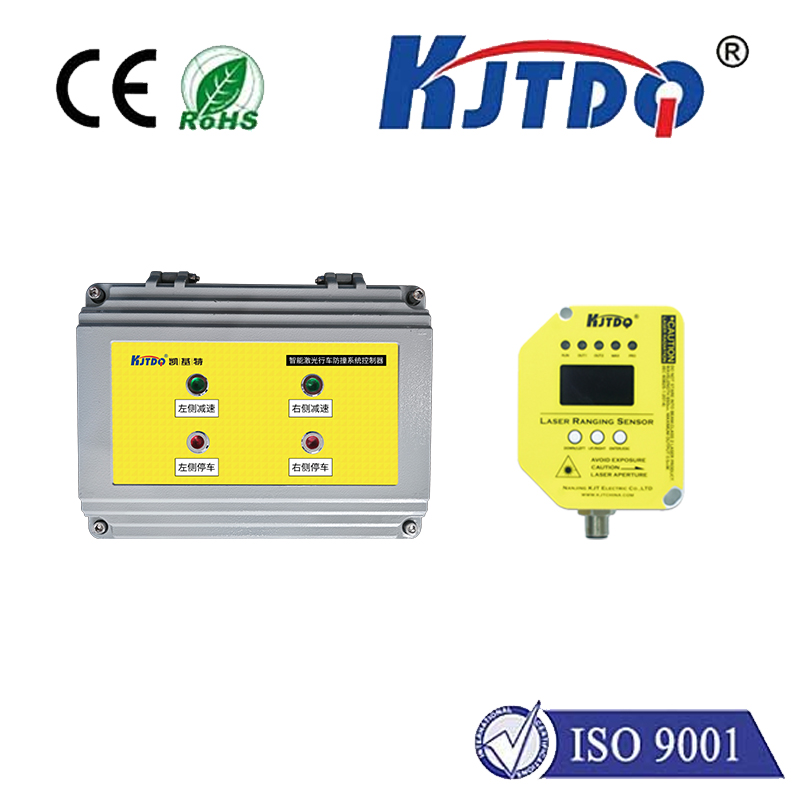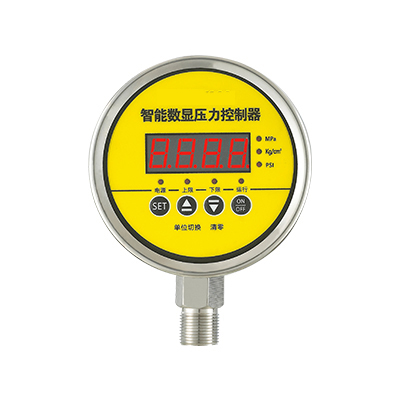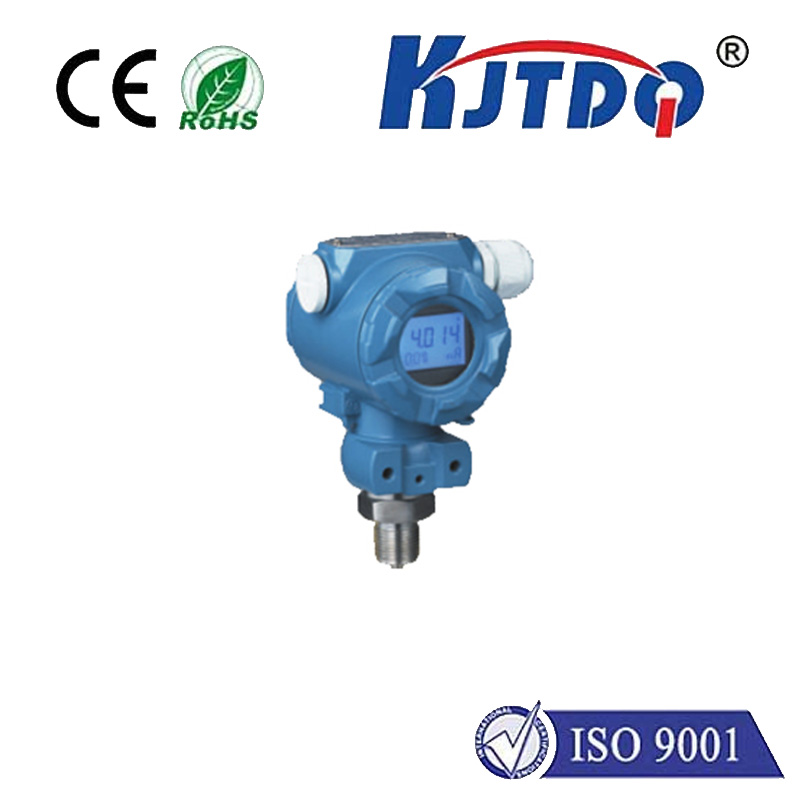BES0568 high pressure proximity sensor
- time:2025-10-15 03:41:46
- Нажмите:0
BES0568 High Pressure Proximity Sensor: The Unsung Hero in Demanding Industrial Environments
In the intricate dance of modern industrial machinery, where colossal forces meet precision control, safety and reliability are non-negotiable. Imagine a massive hydraulic press slamming down with tons of force, a high-pressure pump circulating fluid critical for turbine operation, or a valve controlling superheated steam. Within these intense environments, a specific type of component operates silently yet vitally: the датчик приближения высокого давления. Among these specialized devices, models like the BES0568 stand out, engineered specifically to deliver dependable detection where standard sensors simply cannot survive. Understanding its role is key to optimizing performance and preventing costly downtime in the most challenging applications.
What is a High Pressure Proximity Sensor?
At its core, a proximity sensor detects the presence or absence of a nearby target without physical contact. Most commonly, these sensors operate inductively, generating an electromagnetic field disrupted by a metal target. However, standard inductive sensors are designed for relatively benign factory floor conditions. A датчик приближения высокого давления, like the BES0568, is fundamentally different. It’s engineered to withstand and operate reliably within environments subject to extremely high fluid pressures – think hundreds or even thousands of bar (or PSI).
This resilience isn’t just about brute strength; it’s about integrity. High pressure can infiltrate standard sensors through seals or housing imperfections, causing failure, inaccurate readings, or even catastrophic rupture. A sensor designed for high pressure, such as the BES0568, incorporates specialized:
- Robust Housing: Typically constructed from hardened, corrosion-resistant stainless steel capable of containing internal pressure and resisting external impacts.
- Advanced Sealing: Utilizing high-performance seals (like specialized O-rings or welded connections) designed explicitly to prevent media ingress under sustained high pressure, even during pressure spikes or thermal cycling.
- Pressure-Compensated Design: Certain designs may incorporate features to internally balance pressure, reducing stress on internal components and sensing elements.
- Reinforced Sensing Face: The active face of the sensor, where the electromagnetic field emanates, is reinforced to resist deformation under pressure, maintaining consistent sensing characteristics.
Why the BES0568 Represents Critical Technology

While “BES0568” likely refers to a specific model identifier (potentially from a manufacturer like Balluff, though specifications should always be verified from official datasheets), it represents a class of sensors designed for mission-critical, high-pressure scenarios. These sensors are not mere conveniences; they are essential safeguards and enablers. Here’s where they prove indispensable:
- Hydraulic & Pneumatic Systems: Monitoring cylinder piston position, valve actuation confirmation, or filter blockage detection within high-pressure hydraulic circuits (common in presses, injection molding machines, construction equipment) or pneumatic systems operating at elevated pressures.
- Oil & Gas Exploration/Production: Downhole tools, wellhead control systems, pipeline pressure monitoring, and valve position feedback where pressures can be immense and environmental conditions are harsh (temperature, vibration, corrosive media).
- Power Generation: Monitoring critical components within steam turbine systems, boiler feed pumps, and high-pressure water circuits where leaks or component failure can have severe consequences.
- High-Pressure Processing (HPP): In food and pharmaceutical industries, confirming door locks or component positions within vessels operating under extreme hydrostatic pressure.
- Test Benches & Simulation Equipment: Verifying component position or movement within rigs designed to simulate real-world high-pressure environments for product validation.
Key Advantages Offered by Sensors like the BES0568
Choosing a dedicated high pressure sensor delivers tangible operational benefits:
- Uncompromised Reliability: The primary advantage is sustained, accurate detection under conditions that would destroy a standard sensor. This translates directly to reduced unplanned downtime and enhanced asset protection.
- Повышение безопасности: By reliably confirming positions of valves, pistons, or doors in high-pressure systems, these sensors play a vital role in preventing hazardous situations caused by unexpected movements or pressure releases.
- Process Stability & Control: Accurate position feedback is crucial for precise control loops in high-pressure processes. Sensors like the BES0568 provide the dependable data needed for optimized performance and consistent product quality.
- Durability & Long Service Life: Built with high-grade materials and advanced sealing, these sensors offer significantly longer operational lifetimes in demanding environments, reducing replacement costs and maintenance frequency.
- Resistance to Harsh Media: Many high-pressure proximity sensors are also designed to resist exposure to aggressive fluids, oils, and chemicals common in these applications.
Important Considerations When Specifying
Selecting the right high pressure proximity sensor, such as one in the BES0568 class, demands careful attention to specifics – never assume generic specifications apply:
- Pressure Rating: This is the absolute critical parameter. Ensure the sensor’s maximum operating pressure and proof pressure ratings comfortably exceed the maximum expected pressure in your specific application, including potential surge spikes. The BES0568 designation typically implies a rating suitable for very high pressures.
- Media Compatibility: Verify the wetted materials (housing, seal material) are compatible with the fluid or gas in the system (oil, water, fuel, chemicals).
- Temperature Range: High-pressure environments often involve significant temperature variations. Ensure the sensor’s operating temperature range covers your application’s extremes.
- Electrical Specifications: Match the supply voltage, output type (PNP/NPN, NO/NC), switching current, and connection type (cable, connector) to your control system requirements.
- Sensing Range & Target Material: Confirm the rated sensing distance and ensure compatibility with the target material (steel, stainless steel, etc.).
- Environmental Rating: Look for appropriate IP (Ingress Protection) or NEMA ratings for dust and moisture resistance, especially if used outdoors or in washdown areas.
- Certifications: Industry-specific certifications (ATEX/IECEx for hazardous areas, marine approvals, FDA compliance for food/pharma) may be mandatory.
Beyond the Spec Sheet: Integration and Reliability
The performance of even the most robust sensor like the BES0568 hinges on correct installation and integration. Ensure proper mounting respecting specified distances, avoiding excessive mechanical stress on the housing or cable entry. Use appropriate thread sealants compatible with the media and pressure (consult manufacturer guidelines!). Protect cabling from abrasion and crushing. Integrating these sensors effectively into control logic and diagnostics maximizes their value as a cornerstone of operational intelligence.
The Essential Backbone of Critical Systems
In the high-stakes world of industrial automation operating under extreme pressures, components cannot afford to be the weak link. High pressure proximity sensors, exemplified by models designed for this specific purpose like the BES0568, are not passive components; they are active guardians of safety, efficiency, and uptime. Their specialized construction enables them to deliver reliable, non-contact detection precisely where pressure is a defining factor. By understanding their critical role, carefully selecting based on exacting specifications, and ensuring proper deployment, engineers and maintenance teams leverage this essential technology to build resilient, high-performing systems capable of thriving in the most demanding environments. Investing in the right sensor, designed explicitly for the pressure challenge, is an investment in operational excellence and long-term reliability.

